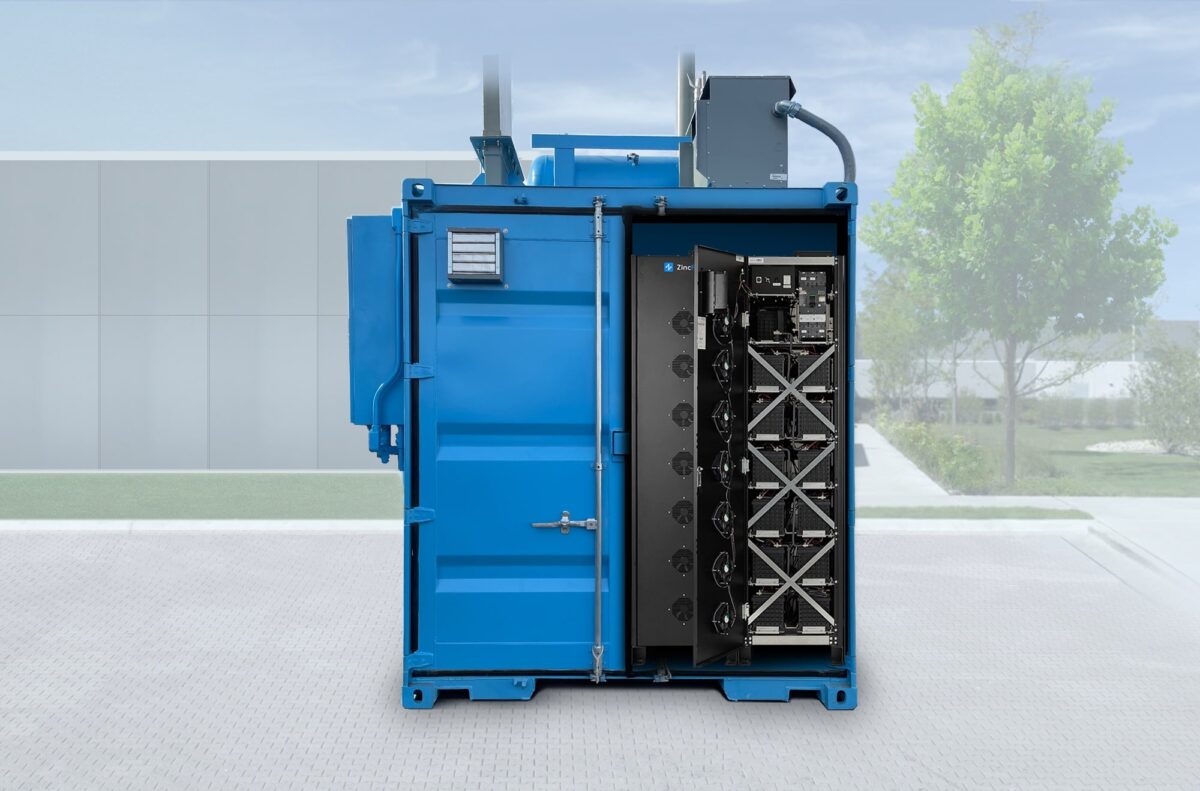As the transportation sector sprints towards a more sustainable future, charging infrastructure bears the weight of powering America’s burgeoning interest in EV.

As the private and public sectors collaboratively work toward meeting the White House’s goal of half of new cars being electric by 2030, there is also a need to provide the increasing number of charging points required.
Analyst McKinsey & Co. estimates the United States e-mobility revolution will require 1.2 million public and 28 million private charging points. What is not being discussed is the fact that those millions of chargers will not only have to be installed, they will also have to be reliable.
Data and analytics company J.D. Power has estimated EV chargers currently suffer a 20% failure rate, leading to concern among drivers about whether they’ll be able to charge at a station when they need the service most. For daily commutes, long family road trips, and delivery fleets, an unreliable charger can be catastrophic. The continued growth of EV adoption relies on drivers feeling confident in chargers that can withstand issues such as power outages, which themselves are becoming increasingly frequent. As more EV chargers are deployed, it is essential to increase not only the quantity of chargers but also their resiliency.
Backup power
One way in which this need for resiliency can be met is by equipping charging stations with an uninterrupted power supply (UPS) system to provide electricity whenever grid power is unavailable – for example, during periods of high grid demand or outages. During such events, the UPS system can kick in, providing immediate power for the charging station to ensure this critical service can continue being met.
When installing UPS systems for EV chargers, there is an additional opportunity to ensure the set-up is as sustainable, safe, and resilient as possible. This can be done by looking into the battery chemistry relied upon to power the UPS system. For example, compared to lead-acid and lithium-ion batteries, nickel-zinc (NiZn) backup power batteries enhance the resiliency of EV charging stations as they can perform under varying weather conditions, thanks to their wide range of operating temperature.
Additionally, NiZn batteries boast an operating life up to three times longer than a lead-acid battery, and the failure of a single cell won’t stop these batteries from discharging.
When selecting a battery chemistry for an EV charger’s UPS system, some options can also eliminate the threat of thermal runaway, as safety is paramount when it comes to EV. A successful system should also have a small environmental footprint to align with the role EV play in helping mitigate climate change.
Beyond UPS systems, EV charger reliability can also be improved by the use of programs that train the emerging EV infrastructure-maintenance workforce more thoroughly. One such effort is a program that is being organized by EV charger maintenance company ChargerHelp! and the Sustainable Mobility Solutions division of standards body SAE International. The initiative will help more than 3,000 trainees from under-privileged backgrounds by providing them with access to good-quality, unionized jobs while also expanding the trained EV charger maintenance workforce.
Standards
It is also encouraging to see the United States Department of Transportation’s efforts to standardize chargers so that troubleshooting is easier, regardless of charger brand and type. The new standards, published in February 2023, ensure that chargers, no matter what their operating network, function in a consistent manner and offer a reliable EV charging experience regardless of the driver’s car model or the state chargers are installed in.
The reliability of EV charging infrastructure is of paramount importance to the widespread adoption and success of less-polluting vehicles. Ensuring a seamless charging experience requires not only well-engineered hardware and software systems but also a well-trained maintenance workforce and robust backup battery systems. EV charger deployment does not simply require charger installation.
By making sure steps are taken to make chargers safe, reliable, and sustainable, EV adoption cane be made more enticing to ensure a true impact on the clean energy transition.
About the author: Tim Hysell is co-founder and chief executive officer of NiZn battery company ZincFive and has more than three decades of entrepreneurial success in founding, owning, and directing profitable business operations in the renewable energy, banking, manufacturing, and medical device sectors.
The views and opinions expressed in this article are the author’s own, and do not necessarily reflect those held by pv magazine.
This content is protected by copyright and may not be reused. If you want to cooperate with us and would like to reuse some of our content, please contact: editors@pv-magazine.com.



By submitting this form you agree to pv magazine using your data for the purposes of publishing your comment.
Your personal data will only be disclosed or otherwise transmitted to third parties for the purposes of spam filtering or if this is necessary for technical maintenance of the website. Any other transfer to third parties will not take place unless this is justified on the basis of applicable data protection regulations or if pv magazine is legally obliged to do so.
You may revoke this consent at any time with effect for the future, in which case your personal data will be deleted immediately. Otherwise, your data will be deleted if pv magazine has processed your request or the purpose of data storage is fulfilled.
Further information on data privacy can be found in our Data Protection Policy.